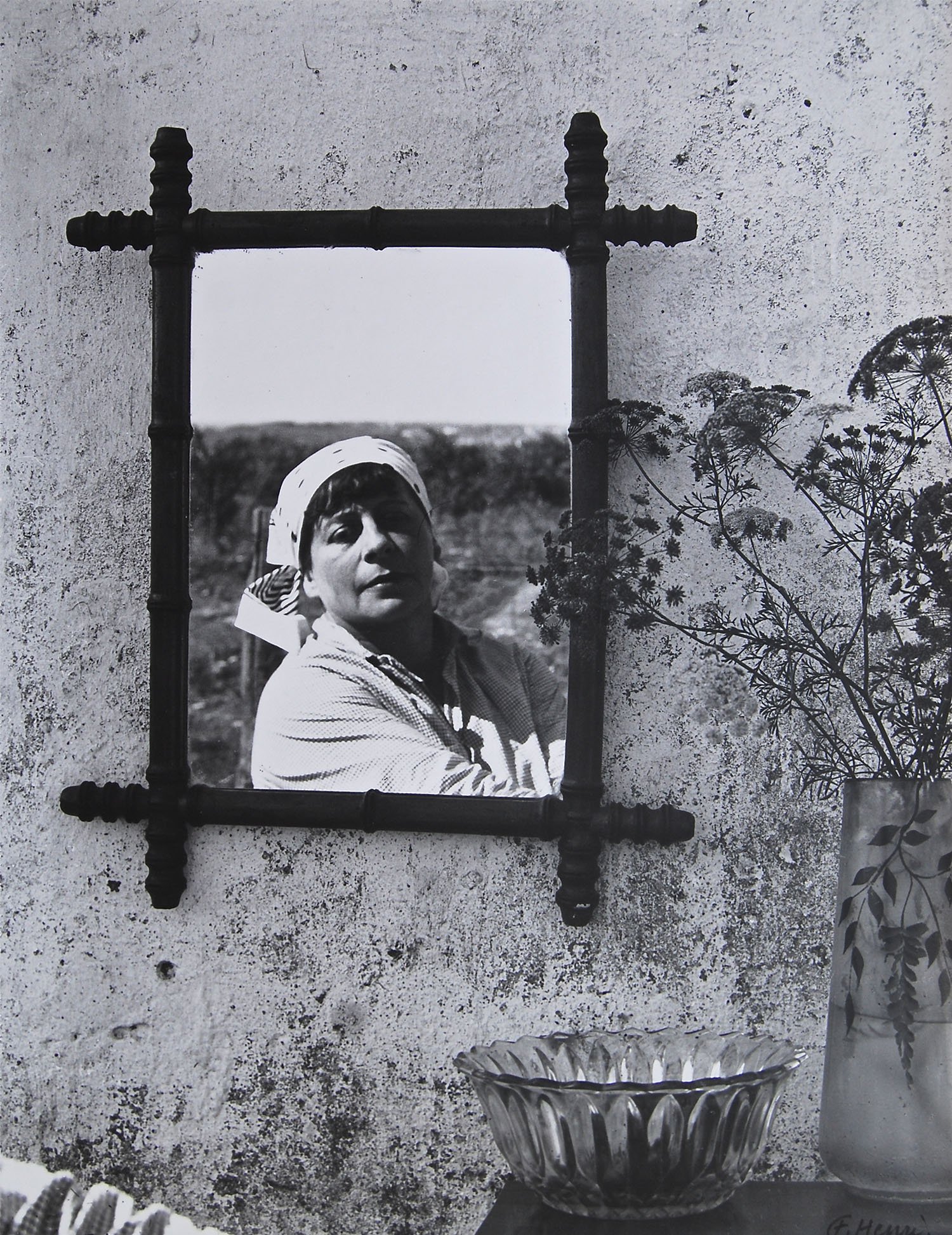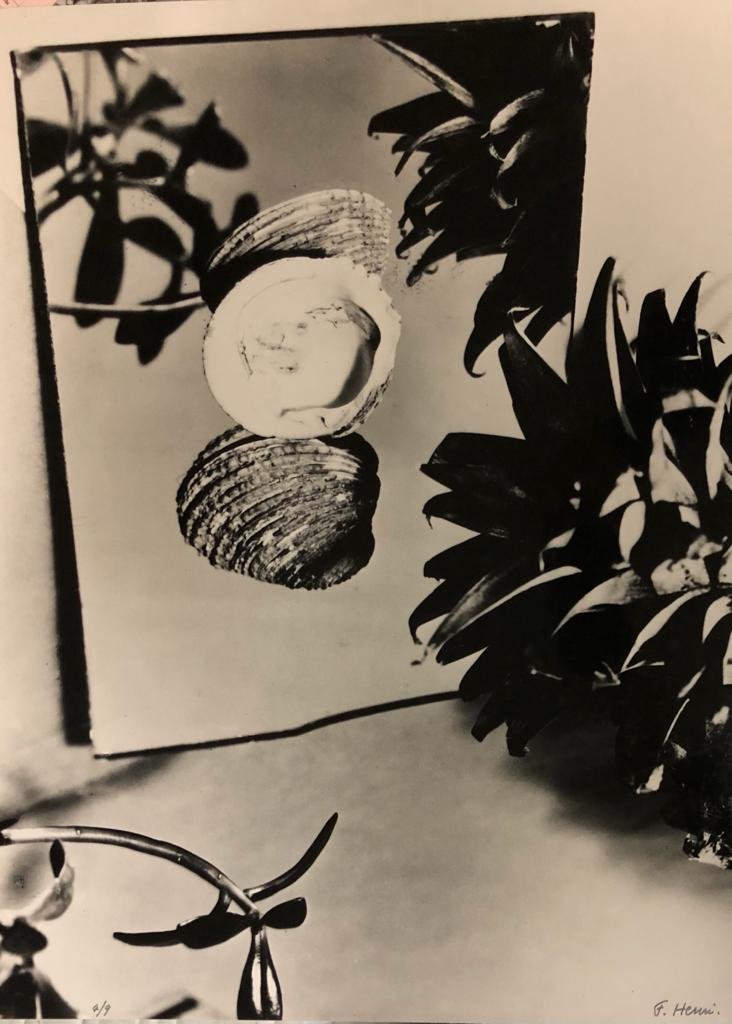Florence Henri
Bauhaus artist and photographer Florence Henri (1893-1982) trained first as a pianist in Rome and then as a painter under Fernand Léger, from whom she adopted the visual language of Cubism. At the Bauhaus in Weimar in 1924, she was also taught by Paul Klee and Wassily Kandinsky. Henri enrolled at the Bauhaus school of art, design and architecture in Dessau in 1927 at which point she turned solely to photography. With the encouragement of Hungarian constructivist artist László Moholy-Nagy (1895-1946) and his wife Lucia Moholy (1894-1989), she explored the latest art movements – Constructivism, Surrealism, Dadaism and De Stjil.
Henri subverted the formal elements of photography to construct the image surface at will. Between 1928 and the late 1930s, she produced her most celebrated works, often using mirrors to manipulate reality to create multifaceted compositions that expanded the conventional spatial planes. She quickly became one of the most celebrated photographers associated with the Bauhaus, appearing in seminal exhibitions such as Film und Foto at Stuttgart in 1929.
Despite enjoying considerable popularity in the 1920s and 1930s, Henri’s work was forgotten until it resurfaced through a fortuitous series of discoveries in the mid-1970s that led to a thorough study of her work, the creation of her archive and her work featured in major institutional exhibitions worldwide – Fotografie der Gegenwart (1929), Das Lichtbild (1931) and recently at MoMA (the first in 2007, the most recent in 2015), at the Centre Pompidou (2010), at Tate Modern (2018) and in a major retrospective, Mirror of the Avant-Garde, at the Musée du Jeu de Paume in 2012, that included 130 images.













© Florence Henri Archives courtesy Martini & Ronchetti
